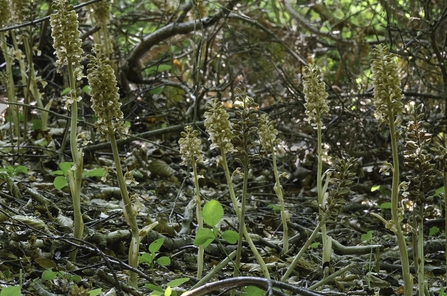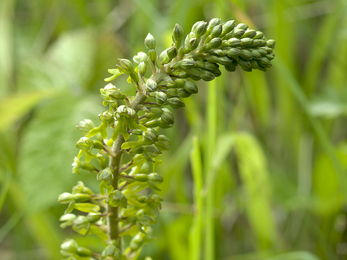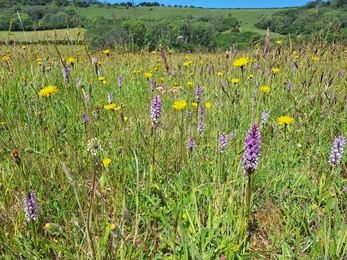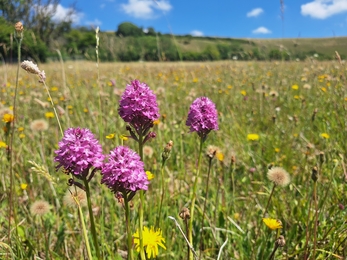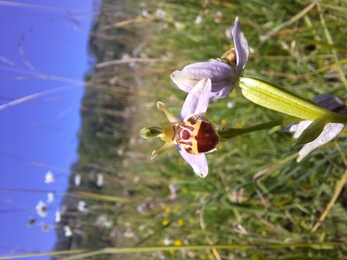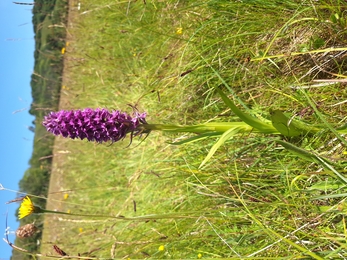Orchids are a fascinating group of plants. Of the fifty-something species of orchid in the UK, very few could be regarded as common – and some are actually among our rarest plants.
Many species are rare because they need specific habitats – habitats we have lost much of in recent decades. Some require particular insects to pollinate them, but those insects are rare too. Most orchid seeds also need to be infected with a mycorrhizal fungus, which supplies them with the nutrients they need to successfully germinate. Even then, once germinated, it can take years before any leaves appear.
These intricate relationships between plant, fungus and insect highlight just how specific the conditions must be for orchids to thrive. A good number and variety of orchids is often a sign that a grassland has been long-established and undisturbed.
Before I became the ranger for Lyscombe, I was fortunate to be a warden for nature reserves such as Fontmell Down, Girdlers Coppice, and Bracketts Coppice – all of which boast impressive numbers of orchids, including some rarer species like the bird’s-nest orchid, and violet and white helleborines. So, I was a little concerned that, working at Lyscombe, I wouldn’t get my usual orchid fix each summer.


